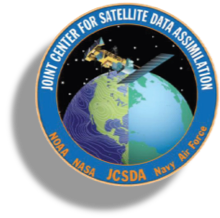Before September 2023, all the atmospheric models used for Skylab (JCSDA’s testbed application for JEDI) experiments were based in the fv3-JEDI repository and shared a dynamical core as well as model code. MPAS, in contrast, is an entirely different model that shares no code with the fv3 models and uses a different mesh. Adding MPAS experiments to Skylab not only expands Skylab’s functionality, it also allows the team to check that Skylab is being built to be model-agnostic as intended; JEDI and Skylab are both designed to work with all weather models, requiring only a small amount of model-specific code to interface with each while the vast majority of Skylab and JEDI components are generic and remain the same from model to model.
Eventually this expansion of Skylab capabilities will enable inter-model comparisons in a way that has never been possible before, and adding MPAS has moved Skylab even further toward that goal. A demonstration at the last JCSDA Science Workshop showed how MPAS can be used in Skylab, but at a low resolution that couldn’t be scaled higher; the new code that has recently been added to the main “develop” branch can be run at higher resolution and has been added as a core function rather than a feature-in-progress. There are two resolutions available now, a 480 km mesh and a 120 km mesh. With this new code, anyone on any Skylab platform can now run experiments with MPAS.

